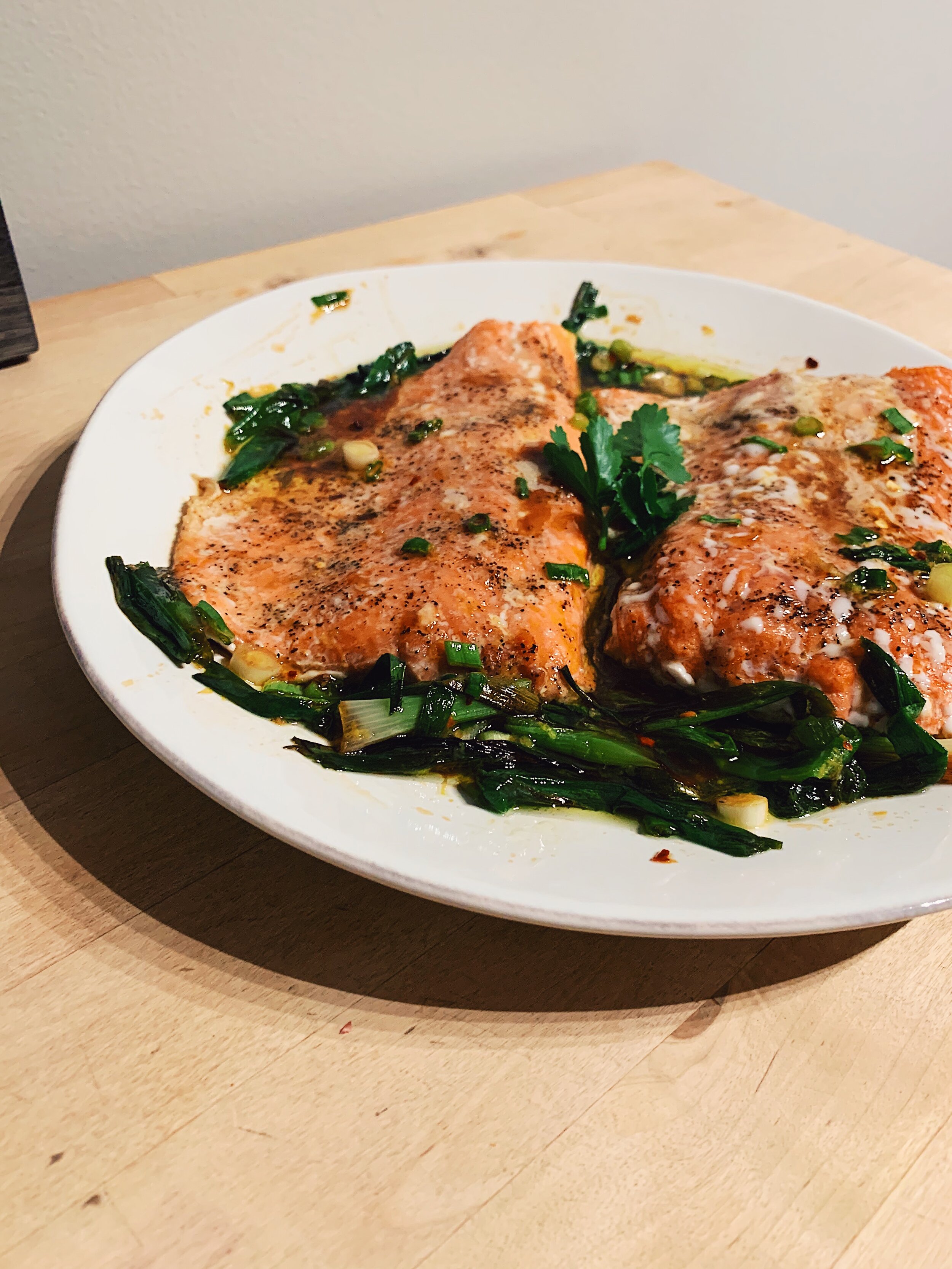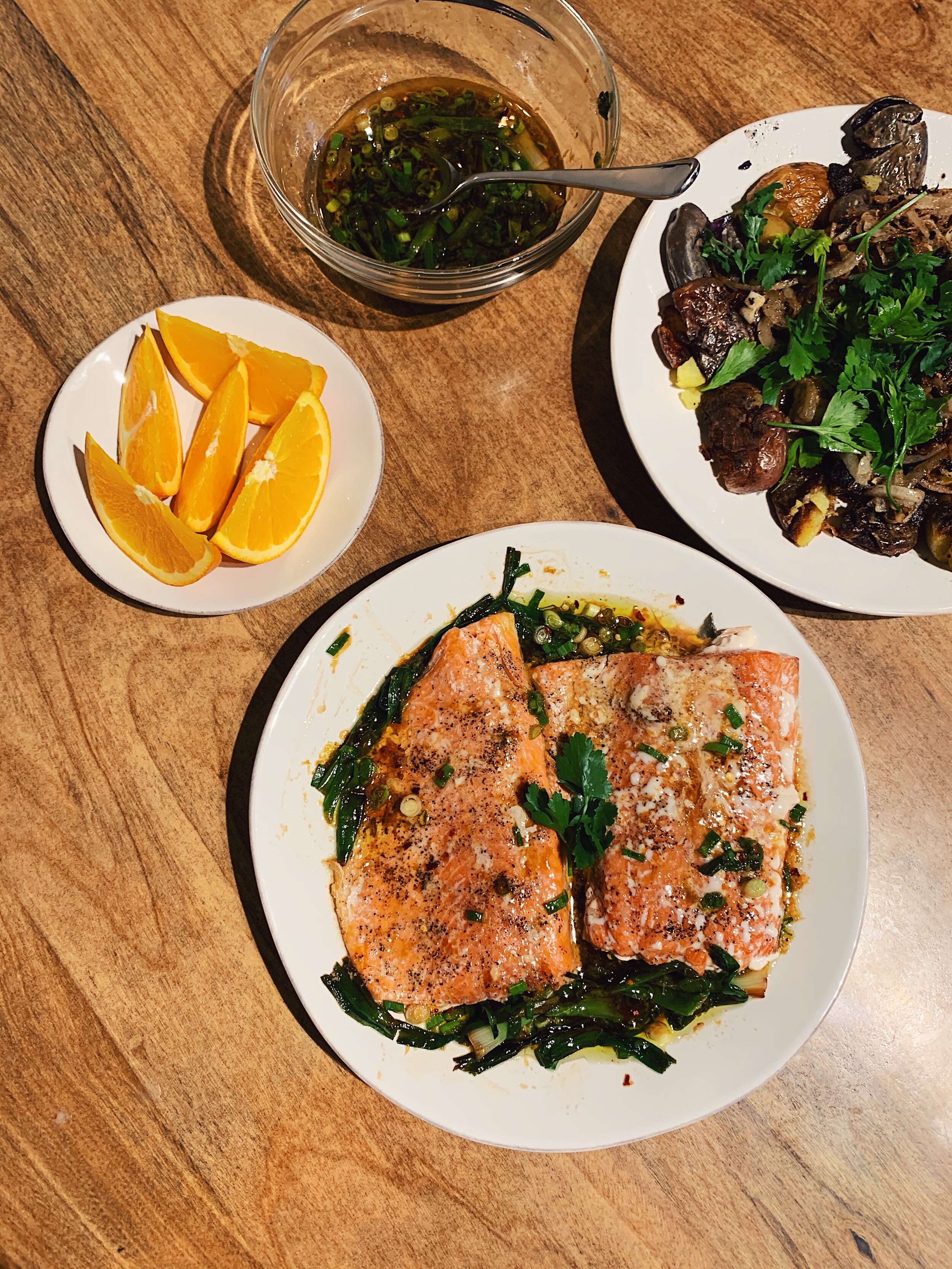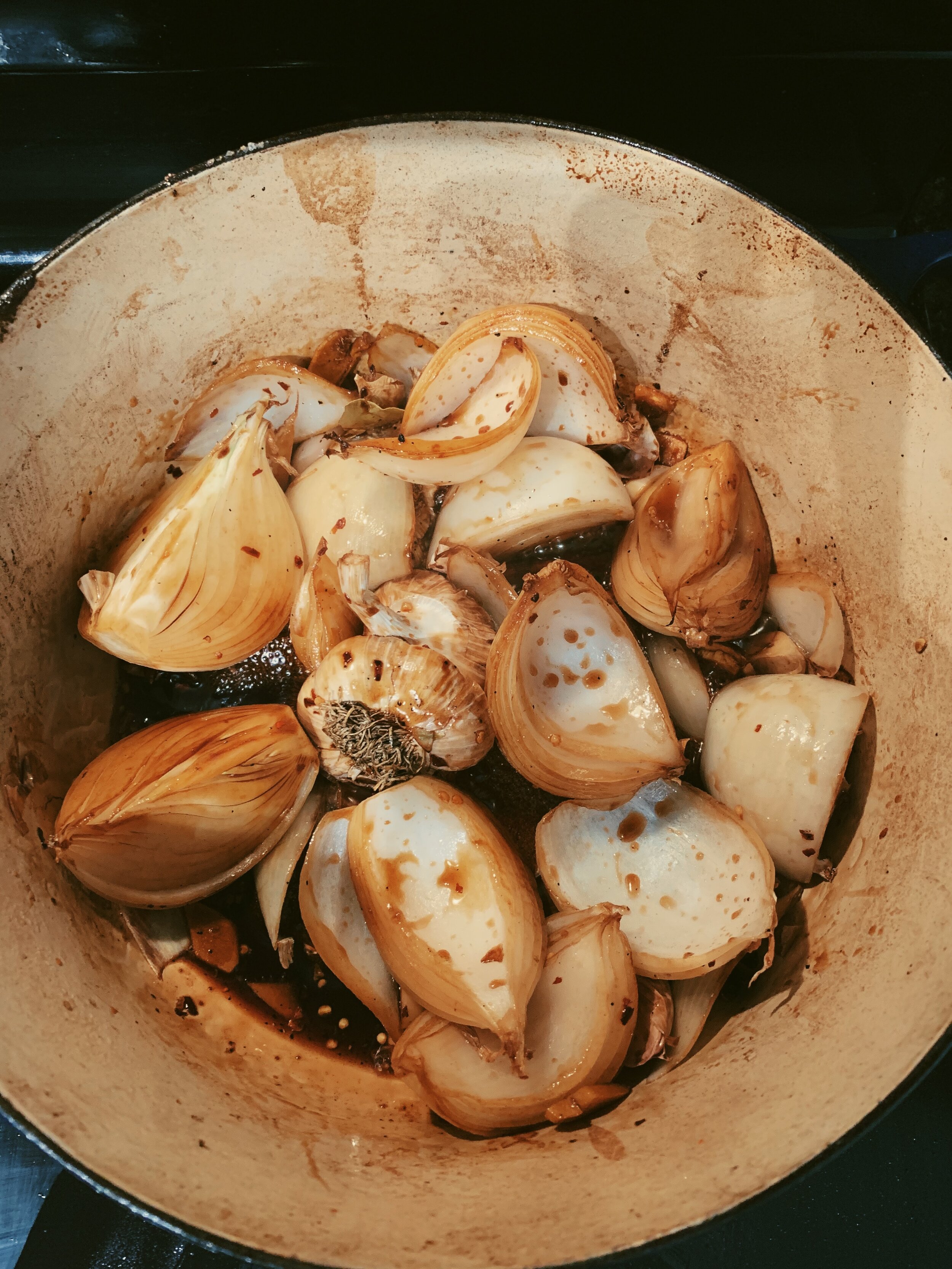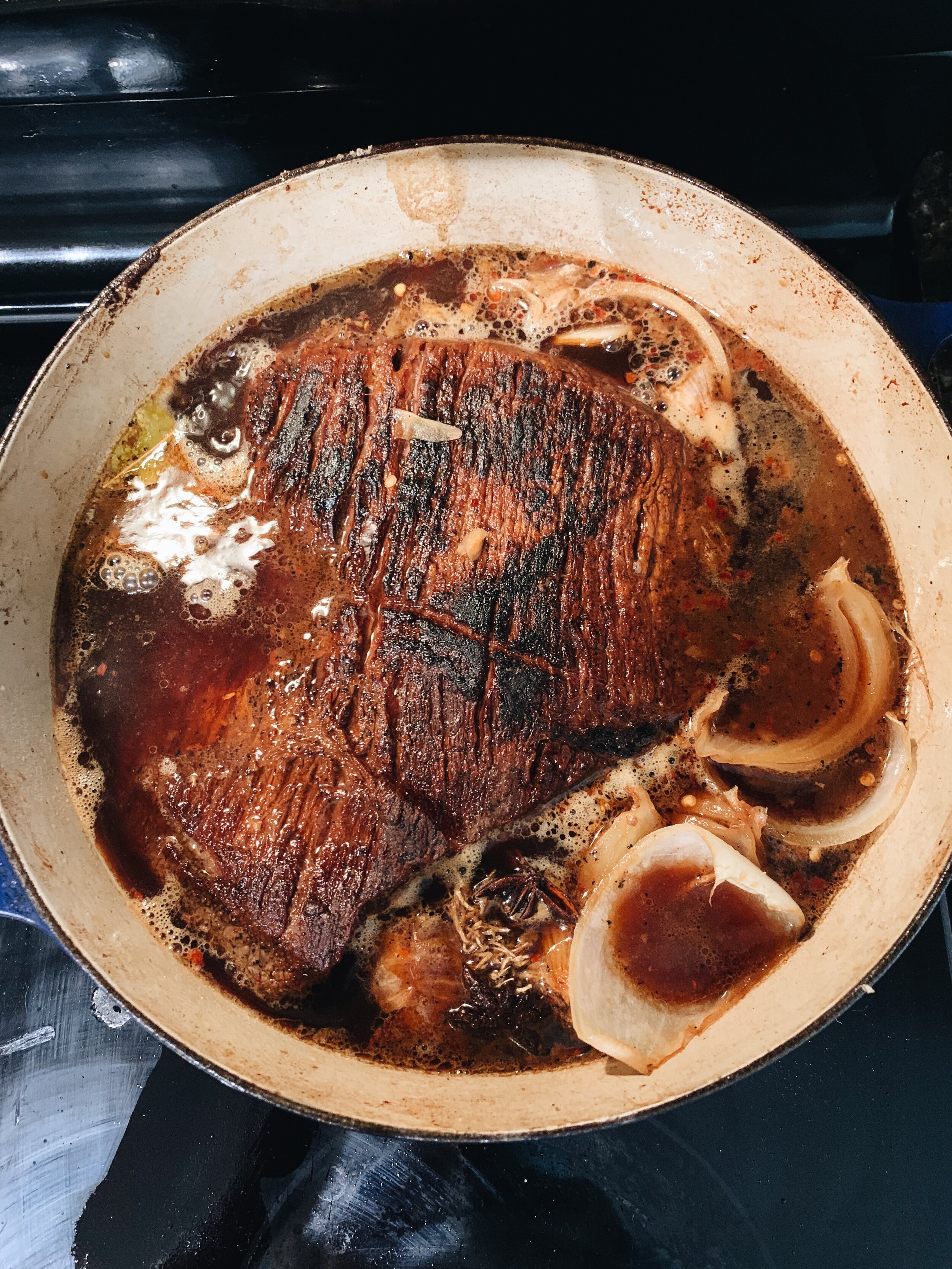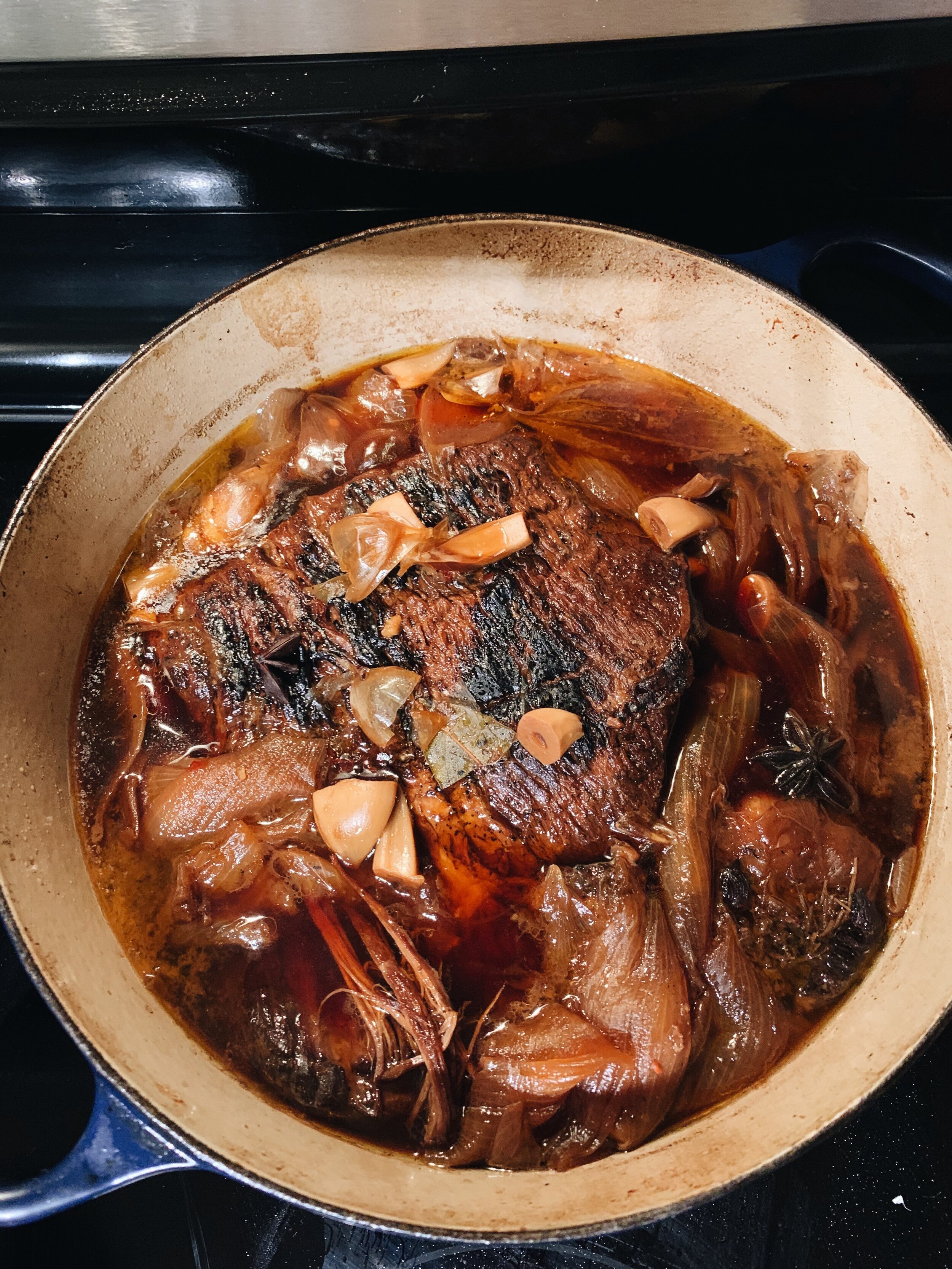Jordan and I spent our first two years of marriage living in Berkeley, CA. We rented an apartment that was approximately 400 square feet, which we lovingly called “the shoebox.” It should have been a studio, but in classic Bay Area fashion, they put a wall in the middle so they could call it a one-bedroom and charge more rent. The kitchen had a small stove and oven with one rack that couldn’t fit standard-sized baking sheets. Cooking took longer with less oven space to work with, but we made do. We shared one tiny closet, had no heating or air conditioning, and still, loved living there.
Most Saturday mornings, Jordan could be found at his desk (it took up a third of our living room) studying. These were some of my favorite mornings because I could spend them any way I liked. Sometimes I’d go to the farmer’s market, sometimes Philz Coffee, but more often than not, I walked over to Acme Bread. Acme is primarily a bakery with a constantly long line of people waiting to purchase bread, no matter the day of the week. They converted a small room off the side of the bakery into a coffee bar where you can order from a very short, locally-sourced food and drink menu. Most weekends, I ordered coffee and sweet porridge, a blend of various grains, cooked in whole milk with housemade jam and shaved almonds on top. I ate it slowly and read a book or people-watched after the many characters that came to stand in the bakery line.
a polaroid of me at Acme Bread
Acme also served a savory porridge, but I never had the guts to try it. I just couldn’t get behind eating salty grains for breakfast. Which is why it took me eleven months to finally cook Alison’s savory porridge. Of course, I’m going to say that (surprise) it’s actually really good, and I wouldn’t mind making it again. But you knew that was coming. To me, savory porridge is the right breakfast for mornings when you don’t want to eat right away, but you have the energy and the time to stand by the stove for a while. Personally speaking, I don’t have many mornings like that, so porridge will have to be a rarer occasion.
Alison provides us with many topping options for this porridge, most of which I followed to great contentment. While the barley and millet cooked, I assembled the toppings. I had leftover mushrooms on hand from Alison’s Chicken Soup, which I sauteed. I had an extra leaf of swiss chard from re-making Alison’s Harissa-Rubbed Pork (a true winner). I tossed in some leftover scallions and some briefly toasted buckwheat groats. I tried to poach an egg, to great failure. I salvaged the yolk, but most of the egg whites were scattered about in the water. Someday I’ll figure out how to properly poach an egg, but this day was not that day.
Parmesan and soy sauce are what make this porridge from a flavor standpoint. I even found myself adding more soy sauce than is called for to my bowl. All in all, it was a delightful breakfast, not to mention a filling one. I felt very “Bay Area” while eating it.
Pro tip: If porridge leftovers aren’t exactly something you want to eat, then I recommend dividing the recipe by the exact amount of people who will eat it. I.e. If you’re going to eat this by yourself, I think it’s safe to make a fourth recipe.
195 recipes cooked, 30 to go.










